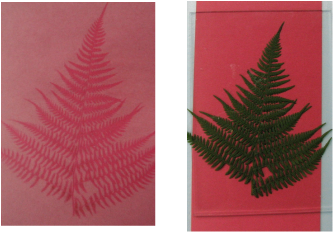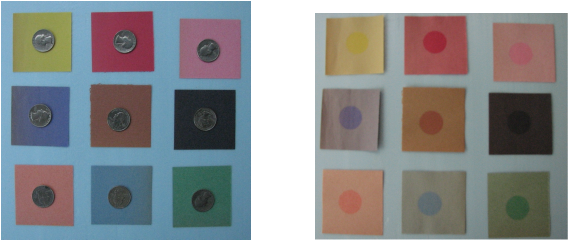The QR code was developed in Japan by a subsidiary of Toyota, Denso Wave, for the inventory of automobile parts. Introduced in 2000, the QR caught on and soon smart phones had the ability to take a photo of the code, read it, and allow the consumer to go to a website, a magazine, download an mp3, or find a sale in a nearby store. The concept has been slow to catch on here but with the explosion of iphones, it will not take much longer to be a dominant code. There are code generators available on the web so try it out.
I was doing some exercises in imagination and it may be possible to get even more information in the code by using 3D technology or by using color. Interesting thought. Just another project! Click click...




 RSS Feed
RSS Feed
